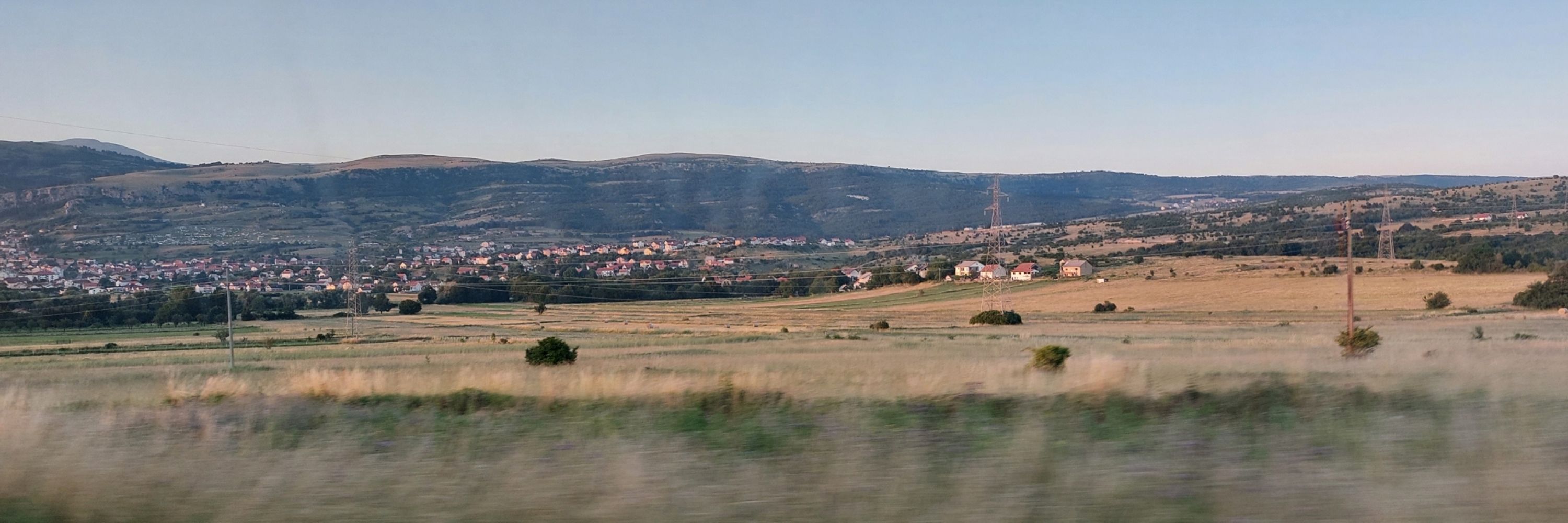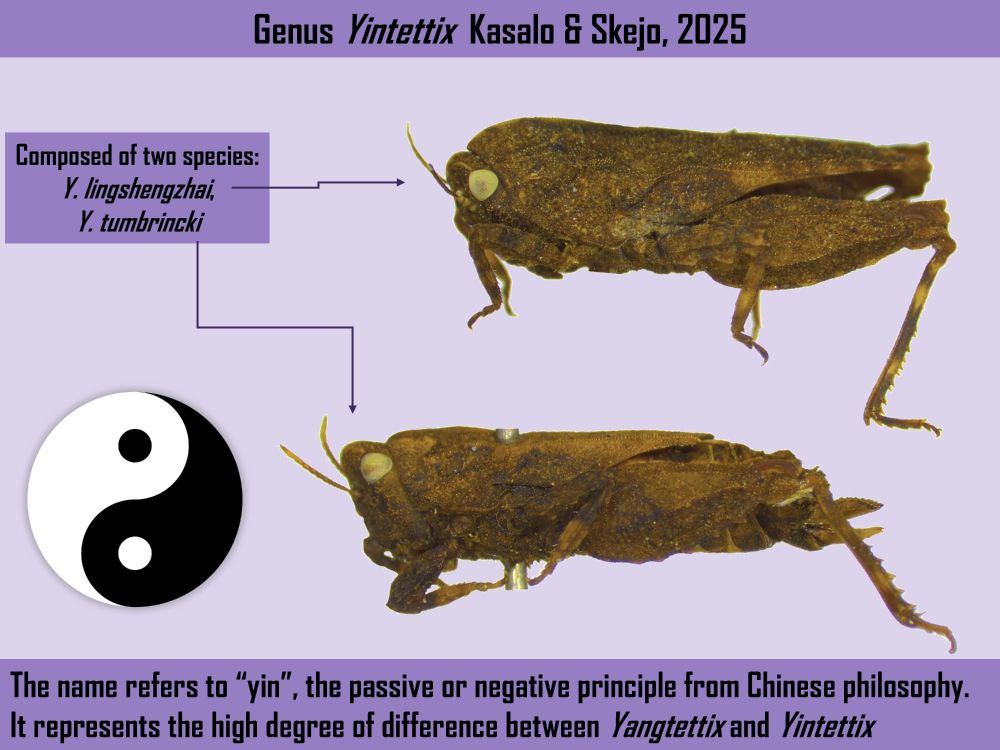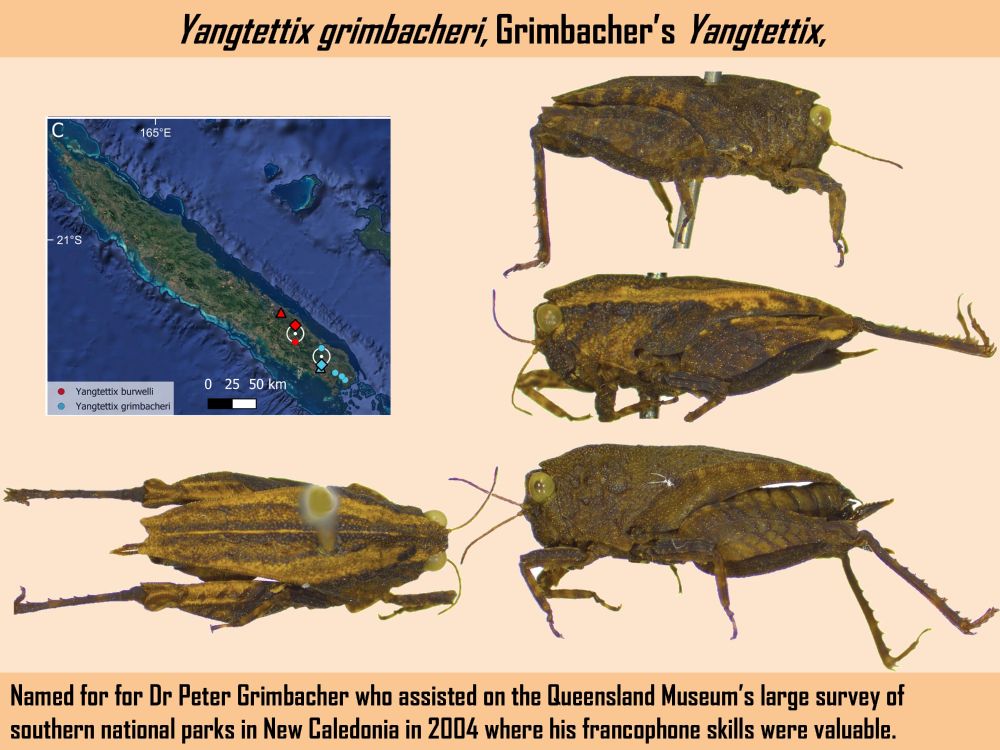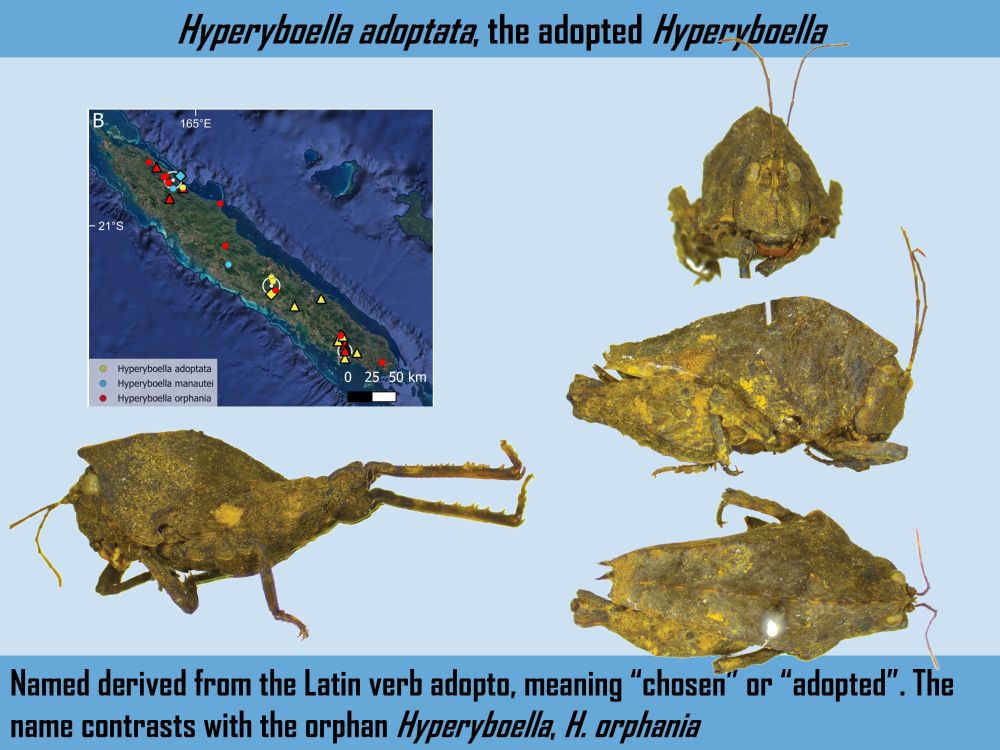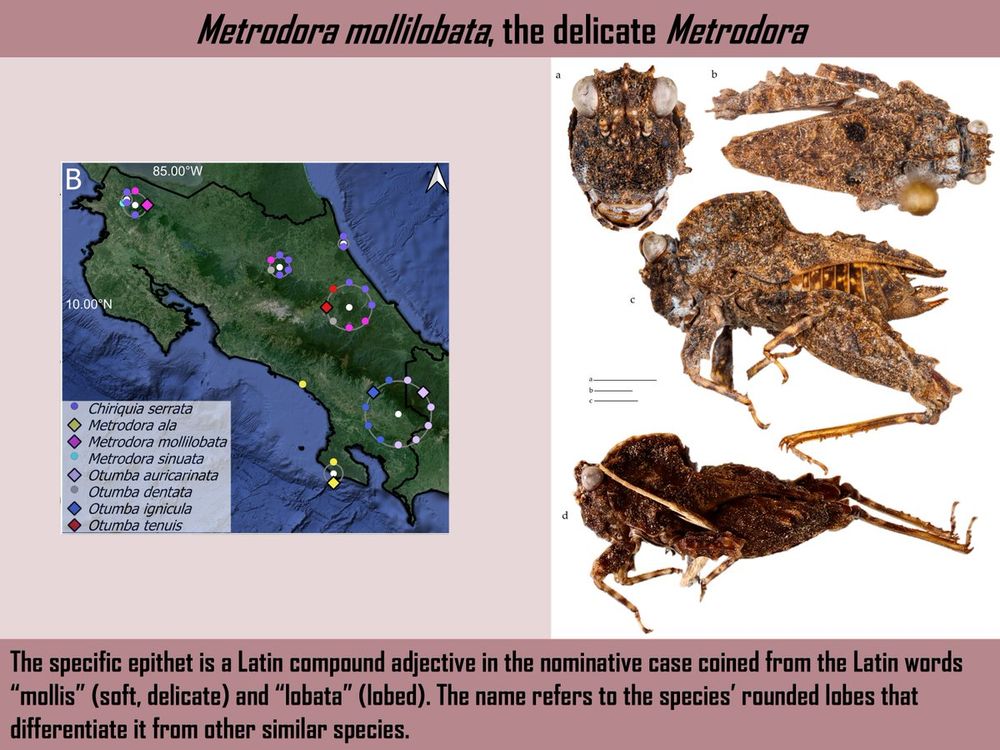Niko Kasalo
@kasalo.bsky.social
17 followers
15 following
69 posts
Researching molecular evolution on a grand scale, with some grasshoppers on the side.
https://linktr.ee/KasaloNiko
Posts
Media
Videos
Starter Packs
